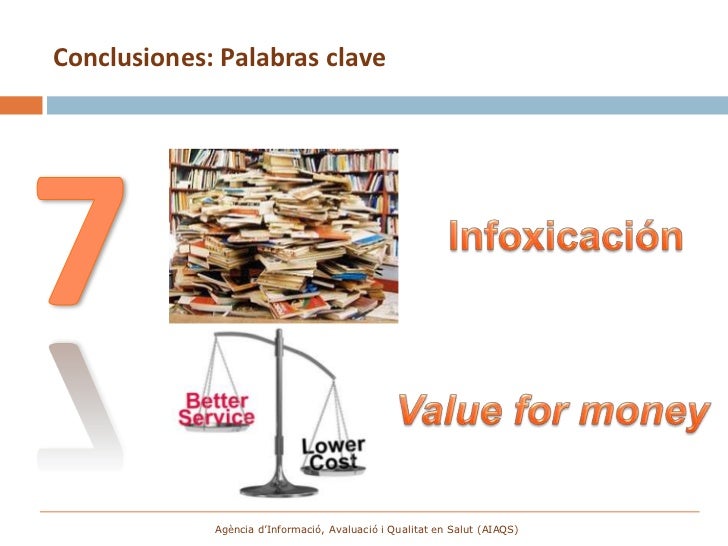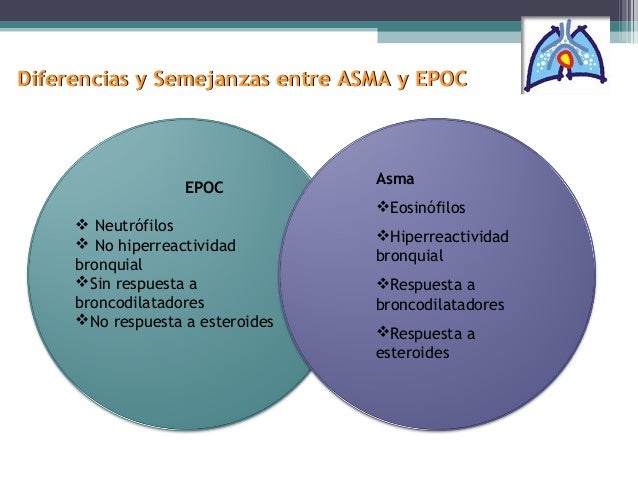

Prairie Health Ventures is a leading alliance of hospitals and non-acute healthcare organizations in the Midwest. Such a framework should include appropriate funding models, laboratory oversight of POCT, and relevant expertise on POCT in EMS settings. Helping our members achieve diverse goals. Conclusions.-A provincial framework for POCT in EMS programs is desirable. Common failure modes across all 3 programs included device inoperability due to cold weather, analytical validation procedures that failed to consider the unique challenges of EMS settings, and a lack of real-time electronic transmission of results into the health care record.
ISTAT VS EPOC FULL
Results.-Practices were most standardized and robust in the community paramedicine program (single service provider, full laboratory oversight), and least standardized and robust in the air ambulance program (4 service providers, limited laboratory oversight). Overall, our findings resemble the range of biases reported for these analytes in comparison studies between epoc® and GEM4000 (-2.1 to +5. This study involves the estimation of the biases and limits of agreement between the iSTAT and EPOC blood analyzers. Published data demonstrate the EPOC has increased accuracy and 75 reduction in time for provision of results 7-9. partial pressure of oxygen (PaO2): 80100 millimeters of mercury (mmHg) partial pressure of carbon dioxide: 35. updated solution for blood analysis requirements. The epoc point of care analyzer is currently used for evaluation of patient blood chemistries by BCEHS critical care paramedics. Design.-Details about POCT practices, failure modes, and risk-mitigation strategies were gathered through (1) conversations with personnel, (2) in-person tours of EMS bases, (3) accompaniment of EMS personnel on missions, (4) internet searches for publicly available information, and (5) a review of laboratory documents. The following are normal ranges for results of a blood gas test: pH: 7.357.45. Objective.-To provide an overview of POCT practices and failure modes in 3 of Alberta's EMS programs, and to propose risk-mitigation strategies for reducing or eliminating these failure modes. However, only a handful of reports have been published in all of that time on POCT practices in field settings. If the reading is higher than 200 mg/dL, there is a high chance you have diabetes.

This is otherwise known as prediabetes, and there is a chance it can develop into type 2. Potassium levels in acidaemia should be used with caution due to lower correlation.Abstract : * Context.-Emergency medical services (EMS) programs have been using point-of-care testing (POCT) for more than 20 years. If the reading is anywhere from 140 mg/dL to 199 mg/dL, there is a chance you suffer from impaired glucose tolerance. As such, we recommend that sodium, potassium and creatinine measurements can be used interchangeably between the VBG and LBM, with the exception of potassium levels in acidaemia. With minor calibrations, this would be an easily corrected problem. The small mean differences across all three parameters observed although statistically significant are unlikely to be clinically significant. There was good correlation (r>0.8, p<0.001) between measured values with the exception of potassium in acidaemia, however, there was consistent and statistically significant difference in measured values. epoc vs iSTAT: pH (pH unit) 118: 1.0215 ( 0.158)0.9783: 7.303 to 7.506: 0.001 (0.01) pCO 2 (mm Hg)118: 1.0936 ( 6.4171)0.9538: 34.6 to 53.3: 2. The epoc Blood Analysis System (Siemens Healthineers, Oakville, Ontario, Canada) is a relatively newer, portable, point-of-care (POCT) device and has recently been compared to various other.

The range of VBG values showed more variation in comparison to LBM. Pearson correlation and further subgroup analyses were carried out to explore if acid-base imbalance affected sodium, potassium or creatinine reliability in VBG. 16,527 VBGs were matched with LBM for sodium, 16,437 for potassium and 8,597 for creatinine. To determine the level of correlation between sodium, potassium and creatinine readings between point-of-care venous blood gas (VBG) and laboratory biochemistry measurements (LBM).ĭata was obtained from three Monash Health (one of the largest health networks in metropolitan Melbourne) emergency departments.


 0 kommentar(er)
0 kommentar(er)
